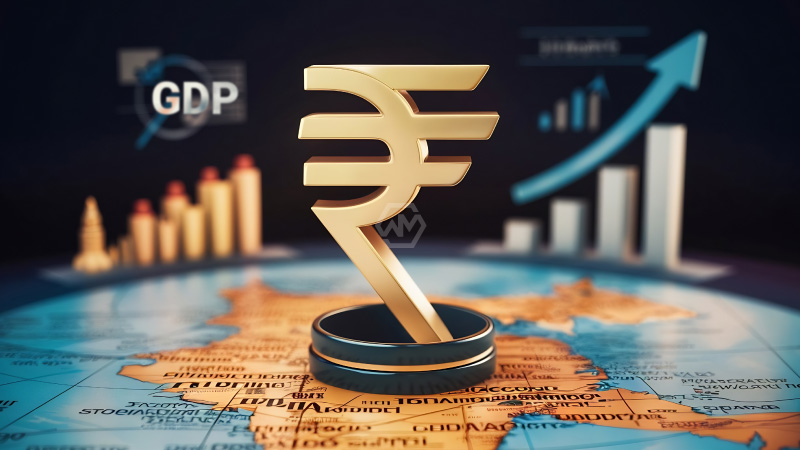- The United States leads with a $29 trillion GDP, followed by China at $18 trillion.
- India has risen to the 5th largest economy with a $3.7 trillion GDP.
- Pakistan’s economy struggles, ranking outside the top 40 globally.
India’s economic ascent is a testament to its diversification across sectors like IT services, manufacturing, and agriculture. With policies promoting digitalization and foreign investment, India has surpassed the UK and is set to overtake Germany and Japan in the next decade.
On the other hand, Pakistan continues to face economic stagnation, marked by fiscal imbalances and weak exports. Unlike India’s aggressive reforms, Pakistan’s political instability hampers its ability to attract investments and drive growth.
Economic Titans: How India’s Growth Stands Out Amid Global Powers
The United States and China dominate the global economy, with GDPs of $29 trillion and $18 trillion, respectively. These nations thrive on strong technology, manufacturing, and consumer markets, setting benchmarks for other economies.
India’s rapid growth has made it the 5th largest economy, surpassing traditional powers like the UK and France. With strategic reforms, India is building a foundation for sustained growth, but systemic issues like rural dependency still pose obstacles.
Germany and Japan, while ahead of India, face slower growth due to aging populations and limited innovation in some sectors. This gives India a demographic advantage to capitalize on in the coming decades.
Pakistan, by contrast, remains mired in economic challenges. Without substantial reforms or stability, its position outside the global economic elite is unlikely to change soon.
India’s rise reflects the potential of strategic planning and policy execution, setting an example for developing nations. It proves that sustainable growth is achievable with vision and action.
“The future belongs to those who prepare for it today.” – Malcolm X



